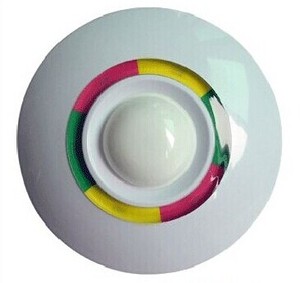Understanding Motion Detectors
Motion detectors are sophisticated devices designed to sense and measure movement in a specified area. They play a crucial role in modern security systems, automating lighting, and various applications in smart homes and businesses. With the rise of intelligent technology, understanding the intricacies of motion detectors has become essential for both consumers and businesses.
Types of Motion Detectors
Motion detectors come in several types, each serving unique functions and applications. Here are some common categories:
- PIR (Passive Infrared) Sensors: These sensors detect changes in infrared radiation emitted by moving objects, primarily humans and animals.
- Microwave Sensors: Utilizing microwave radar, these detectors can sense movement and are particularly effective in large areas, as they have a broader detection range.
- Ultrasonic Sensors: They emit ultrasonic waves and measure the time it takes for the waves to bounce back, detecting movements based on changes in the sound wave patterns.
- Dual Technology Sensors: Combining PIR and microwave technologies, these sensors reduce the chances of false alarms by requiring activation from both technologies.
Applications of Motion Detectors
Motion detectors have a vast array of applications across various sectors:
- Security Systems: Widely used in residential and commercial security to detect unauthorized movement, triggering alarms or notifications.
- Automated Lighting: Often integrated into smart lighting systems, they turn lights on and off based on occupancy, enhancing convenience and energy efficiency.
- Traffic Monitoring: Employed in urban traffic systems to monitor vehicle flow and optimize traffic lights based on real-time data.
- Wearable Technology: In fitness trackers, motion detectors track user activity levels, aiding in health and fitness goals.
Features and Advantages of Motion Detectors
Motion detectors come equipped with a range of features that contribute to their efficiency and effectiveness:
- Adjustable Sensitivity: Many motion detectors allow users to adjust the sensitivity to minimize false positives from pets or passersby.
- Wide Detection Range: With varying installation options, these detectors can cover large areas, making them ideal for expansive properties.
- Smart Integration: Compatible with home automation systems, motion detectors can integrate with smartphones and other devices, offering remote monitoring capabilities.
- Energy Efficiency: By controlling lighting and other systems based on occupancy, motion detectors significantly reduce energy waste.
- Easy Installation: Most models offer straightforward installation processes, often requiring minimal tools or technical knowledge.






































